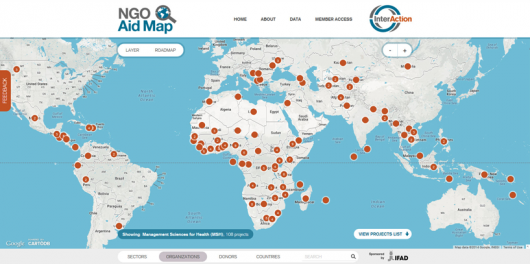
Teaching abroad is an incredible opportunity to give back, and the experience can provide an individual with a multitude of unanticipated advantages. In addition to experiencing a different culture, teaching abroad can vastly improve one’s chances of finding a career in a variety of fields.
The majority of teaching abroad programs aim to teach English in impoverished regions around the world, so as to improve children’s education. Such skills/lessons are desperately needed because according to a reputable teaching abroad program, Sudan Volunteer Programme (SVP), numerous local teachers in these countries do not have the proper skill-sets to teach English, or the school does not have enough money to pay their teachers.
In such cases, volunteers are needed to help educate children and give them the proper skills and opportunities to attain a successful profession. This type of education proves tremendously impactful, as speaking English can significantly increase a child’s chance of professional success down the road.
According to the University of Toronto, teaching abroad can be equally advantageous for the teacher volunteer’s career opportunities. To teach abroad, the volunteer generally does not have to be a certified teacher or have any particular foreign language skills to serve for an organization. Many volunteers can be ‘hired’ with a bachelor’s degree in just about anything, an interest to learn about foreign cultures, a good attitude, a passion for education and seriousness about the job.
Having taught underprivileged children in a foreign country provides one with distinct cultural and teaching experience that can galvanize one’s career. Recent graduates with bachelor’s degrees who teach abroad are often hired full time into high standing positions that they may not have otherwise qualified for.
According to WorldTeach, an accredited teaching abroad program, numerous individuals go into academic careers, international development, educational or volunteer organizations, teachers, school administrators and in business and multi-national companies. Some have become leaders in the U.S. Congress, and one has even served as a U.S. Ambassador.
Though living in a foreign country for a summer or a year may seem daunting, the benefits that can come from the experience prove to be well worth any initial hesitation. From giving children a shot at a better future to becoming more culturally aware, teaching abroad is an incredible opportunity that will boost one’s personal growth and a chance at professional success.
– Bella Chaffey
Photo: Flickr

 Sometimes, the task of making the world a better place can be overwhelming. On top of our daily schedules and expenses, there are so many causes to devote your time or money to. However, a quest to help the world does not have to involve curing cancer or achieving world peace — it can start with a few simple steps to address issues that matter:
Sometimes, the task of making the world a better place can be overwhelming. On top of our daily schedules and expenses, there are so many causes to devote your time or money to. However, a quest to help the world does not have to involve curing cancer or achieving world peace — it can start with a few simple steps to address issues that matter: On Mar. 1, 1961, President John F. Kennedy issued an executive order to establish a new “army” of civilians who would volunteer their time to help underdeveloped nations. This army, as JFK referred to it during his 1960 presidential campaign, was the Peace Corps.
On Mar. 1, 1961, President John F. Kennedy issued an executive order to establish a new “army” of civilians who would volunteer their time to help underdeveloped nations. This army, as JFK referred to it during his 1960 presidential campaign, was the Peace Corps.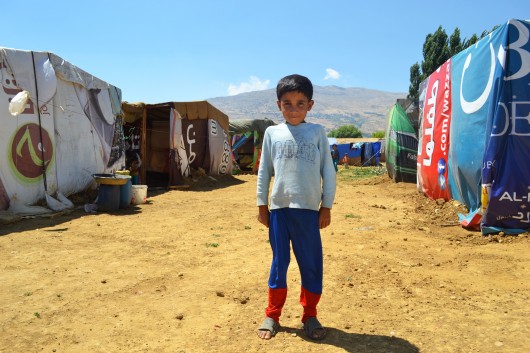
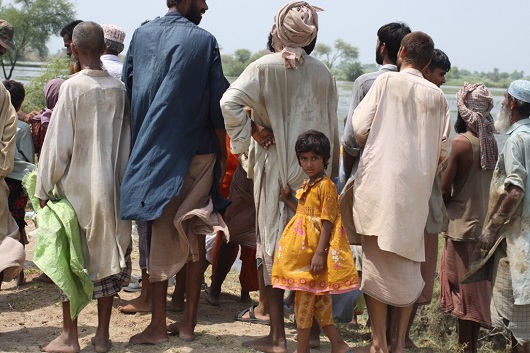
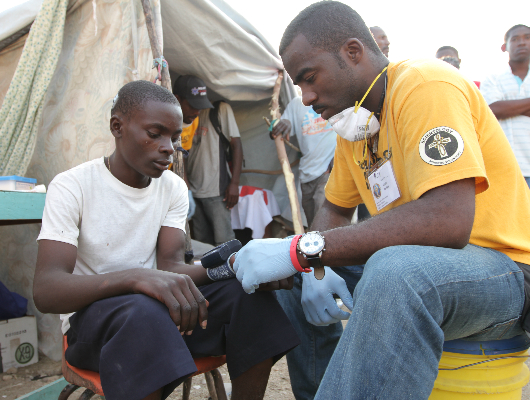
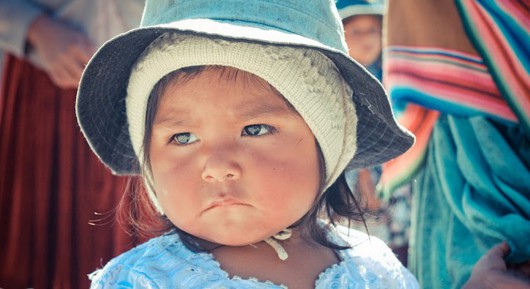
 What is voluntourism?
What is voluntourism?